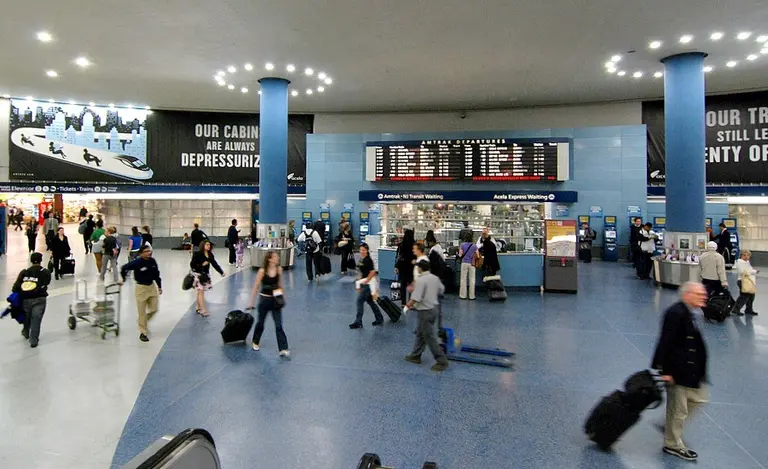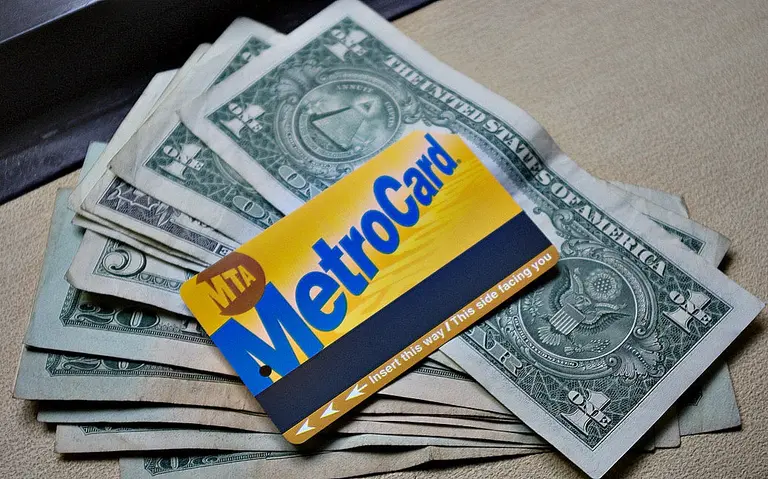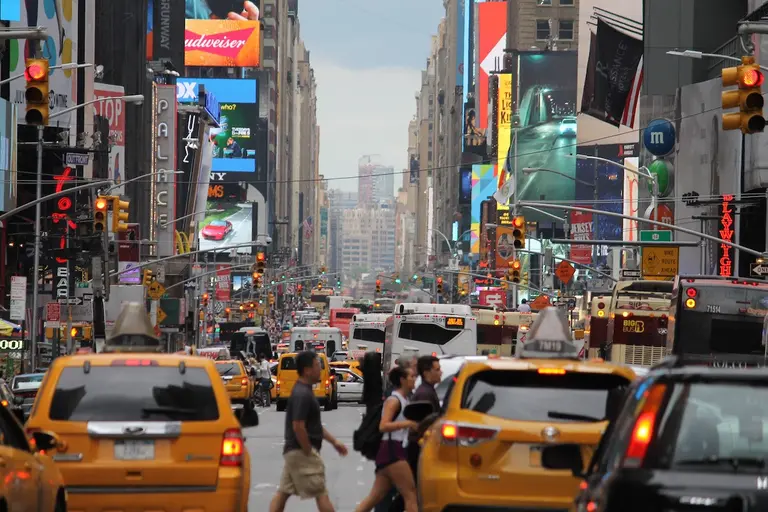June 6, 2017
There's plenty of blame to go around when it comes to the chronic failures of the NYC subway system, from the lack of funds to the lack of leadership. But now the latest piece of the MTA to get finger wag is not a person or a line in the budget, but the system's C line. As the Times reports, C trains, the oldest and most break down-prone cars in the system, can many times be traced back to as the cause of system-wide failures. Breaking down roughly every 33,527 miles—as opposed to 400,000 miles for the average car, or 700,000 miles for new cars—when C line cars see delays, pangs can be felt throughout the entire network, making everyone's commute increasingly miserable.
so what's being done?


